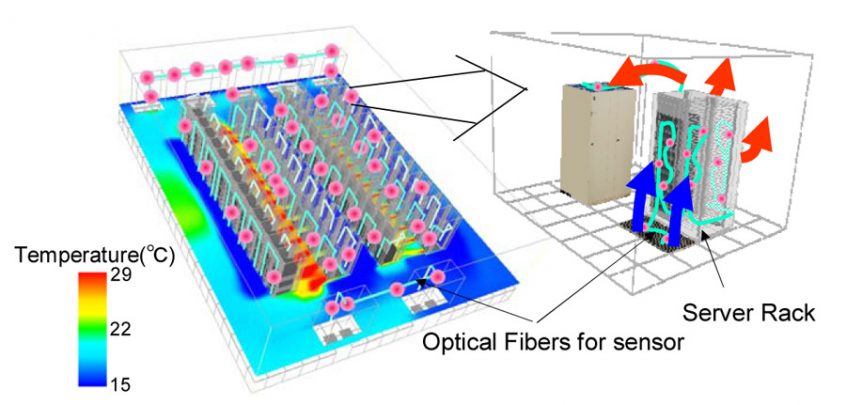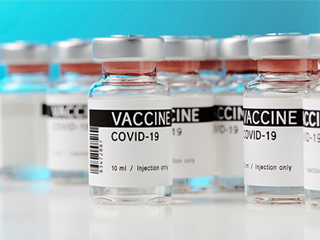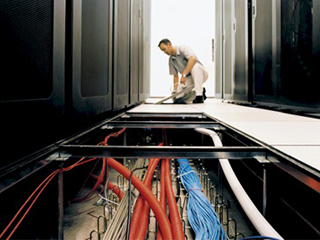It is a challenging task to cool data centers. For some, the solution is to simply crank up the cooling. While this undoubtedly solves the problem, it is inefficient and introduces a new issue, which is overcooling, wasted energy, and increased operational expenses. While most data centers rely on internal temperature measurement protocols, standardized data center temperature measurement allows for benchmarking performance against others and aids in better efficiency. Standards such as PUE measurements are becoming more mainstream as data centers become larger, more power-hungry and governments begin to crack down on the resources available to them.
A key to eliminating heat is understanding the configuration of IT equipment. IT equipment facilities like cabinets and server racks have distinguishing temperature profiles. A consistent review of these temperature profiles provided with accurate readings can better streamline the monitoring process.
Rack-based temperature monitoring is an ideal solution, with temperature sensors at the front and rear of the racks inlet, exhaust, and ∆T values that can be monitored. Sensors such as the AKCP Thermal Map sensor are suitable for this application. They can identify not only hotspots but also cold spots where energy is wasted by overcooling.
Standardized Data Center Temperature Measurement Guidelines
The American Society of Heating, Refrigerating, and Air-Conditioning Engineers (ASHRAE) has set guidelines for temperature and humidity in IT facilities. Specifically, ASHRAE published a Thermal Guideline for Data Processing Environments. The document outlines a guide to establishing the proper temperature management and measurement.
Recommended VS. Allowable
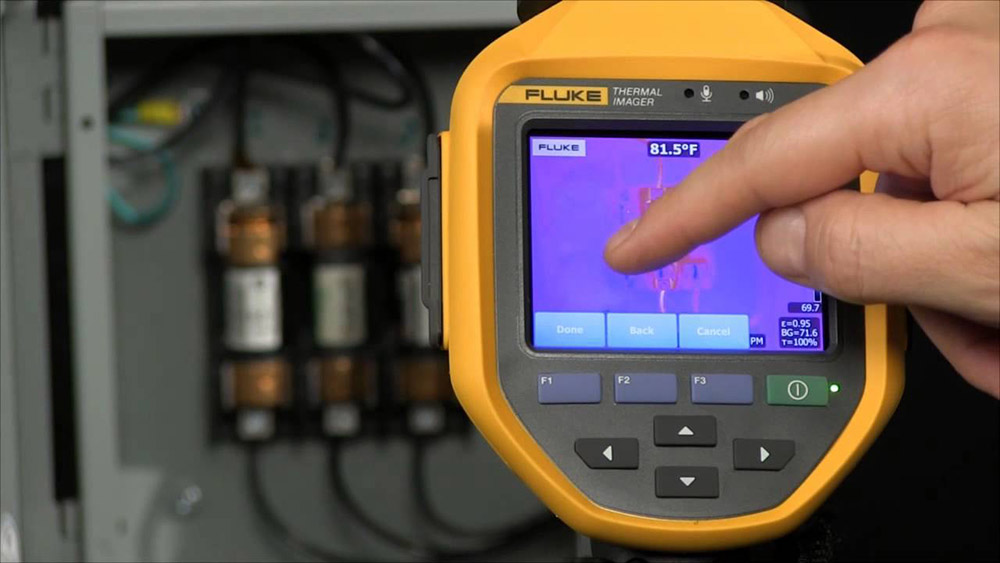
Photo Credit: eecoonline.com
Notably, the guideline looks into industry-standard ranges for air temperatures relevant to an IT facility.
- Recommended range pertains to the reliability of the operation. As such, intake air temperature follows the recommended temperature range. Across the board, IT manufacturers suggest that data centers should operate within this range.
- The allowable range looks into the functionality of a data center operation. Significantly, the allowable range accounts for the sturdiness of IT equipment. Any value outside this range is a deterrent to IT equipment life. The allowable range is also a parameter for IT technicians to test equipment. Through testing, they can confirm the functionality of specific equipment.
ASHRAE also categorizes new environmental classes for data centers. These classes are defined according to equipment environment specifications. As such, environmental control should differ depending on the level of density of IT equipment.
- CLASS A1
The data center classification involves tightly controlled environmental parameters. Such data centers have critical operations ranging from enterprise servers to storage.
- CLASS A2
The facility has some control over environmental parameters. This is typical for IT spaces for offices or laboratory units. Products produced from this facility are volume servers, storage, personal computers, and even workstations.
- CLASS A3/A4
This has the same data center application as that of Class A2. It also models IT spaces for offices and laboratory facilities. Such products include servers and personal computers with some control over the environmental parameters.
Datacenter operation should comply according to allowable environmental range in line with their environmental class. The new classes are defined to initiate better energy efficiency of It facilities but will not compromise reliable business operations.
Best Practices For Data Center Temperature Measurement

Photo Credit: www.galmicheandsons.com
The training program on Data Center Energy Practitioner has compiled industry-wide best practices. This accounts for standard protocols from ASHRAE thermal guidelines to Network Equipment-Building Systems (NEBS). The outlined best practices are essential recommendations to initiate an improved temperature measurement endeavor.
- Benchmark the environmental specification from ASHRAE and NEBS. The default temperature recommendation is in the range of 65° – 80° F. Control of temperature should be facilitated in IT equipment air intakes. Temperature measurement must be within the recommended range.
- For data centers under class A1, the allowable temperature range is 59° – 90° F. On the other hand, CLASS A2 ranges allowable temperature at 50° – 95° F. This is according to ASHRAE environmental class category. Temperature rang in A2 is relatively wider as compared to A1 data centers.
- The recommended temperature may be maximized beyond 80°F. However, this is under the premise that the user has full awareness after careful weighing of pros and cons.
- Any intake temperature beyond 77°F on IT equipment can speed up variable speed fans. Based on the rationale, the fan’s energy may be higher than that of the energy used for cooling.
- Resetting supply air temperature is necessary. When resetting, intake air temperature should come close to the 80°F mark. However, setting at around 77° – 79°F may be more logical to provide room for error.
- Control of supply temperature should base on the intake air temperature of IT. The use of wired sensors can be helpful. A wireless rack temperature sensor will be excellent.
- Intake air temperature specifications are a compliance indicator. It serves as a cooling performance metric specific to a data center. As such, proper documentation and management are a must.
Data Center Temperature Measurement Solutions
It is believed that a data center with an infrastructure management (DCIM) system can hasten the collection and analysis of data. In this regard, monitoring is streamlined. It also has an additional benefit through alarms and alert features.
There are also functional specifications for temperature sensors. Their use is mainly dependent on the monitoring approach of data center managers. As a response, a portable measurement sensor can be a viable option for temporary installation. Contrary, in a permanent installation, a temperature sensor network will be the most feasible.
-
Temporary Sensors
As a temporary solution, a portable system can do a fine job. Typically, environmental sensors lie on the front of every rack. A sensor is positioned to the front of an IT equipment rack.
In a single string approach, it utilized a couple more sensors. About three sensors will be moved from rack to rack. In this way, temperature readings are collected. When moving the sensors, allowing it to settle before transferring to another rack is essential.
-
Permanent Sensors
A sensor network is designed as a permanent monitoring fixture in an IT facility. It comes with a suite of temperature sensors that relays data to a monitoring software or gateway. Sensors can be placed at the bottom, middle, and top racks as a single unit of three sensors.
-
Data Exchange
Because sensors primarily collect data in real-time, network data exchange comes into play. It is an add-in solution that will further improve monitoring. As such, the relay of data from sensors to software can quickly provide better historical accounts and trend analysis.
Key Temperature Measurement Variables
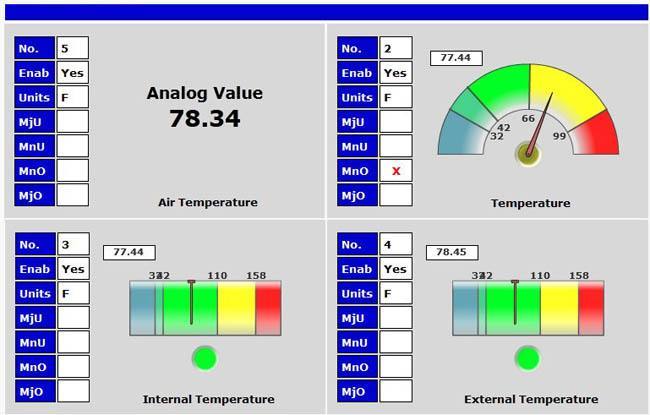
Photo Credit: dpstele.com
The developing innovation in data center design has made standardization fluid. More and more accountabilities are made in response to the changing landscape of data center applications. Other than thermal guidelines, other variables are standard indicators for data center best practices.
-
Power Usage Effectiveness (PUE)
The 2011 version of ASHRAE on PUE has defined four categories. It also provided three standard points of measurement. It addresses the ongoing problem of measuring energy by data centers. Most data centers do not have energy gauges that define specified points of measurement. As such, to qualify correct PUE readings, categorization was instituted.
- Category 1: Specified output of UPS
- Category 2: Specified output of power distribution unit
- Category 3: Specified output of IT cabinet
The categories are not a comparative tool among data centers. Instead, PUE categorization looks internally to baseline energy efficiency of very It facility.
-
Temperature References
- Dry Bulb VS. Wet Bulb
Dry and wet bulbs refer to the type of thermometer used in reading temperature. The use of such thermometer specifications is highly dependent on the operating conditions of a data center.
Dry bulb thermometers are analog or digital. Its significant feature pertains to resistance to the humidity level of air. Temperature readings of dry bulbs remain unstirred despite differences in air humidity. On the other hand, the wet-bulb uses water-saturated material that will enable evaporation to cool the thermometer bulb. In this regard, reading is affected by air humidity. When air is dry, the faster the evaporation that will result in lower the reading.
- Dew Point
Dew point temperature is crucial for IT equipment. Dew point temperature is the setpoint where water vapor has reached full saturation. Dew point is significant to decrease latent heat loads in cooling units. Dew point temperature can vary. Usually, when the temperature of IT equipment is colder than the dew point, condensation begins. This requires dehumidifying actions that can consume more energy.
AKCP Data Center Temperature Measurement Solutions
Streamlining data center monitors underpins sensor technology as its backbone. As data centers evolve, flexibility to sustain a monitoring protocol is essential. Therefore, going wireless can provide better benefits to data centers.

AKCP Single Port Temperature Sensor
AKCP created the market for data center environmental monitoring. It has a wide range of sensors that can carry out a wide array of monitoring parameters. Moreover, its wireless temperature sensor is built with calibration checks that provide the most accurate reading. The NIST2 or NIST3 temperature sensor works in pairs enabling calibration checks with failover for continuous monitoring. In this case, monitoring continues if a primary sensor bugs down.
Other than that, AKCP cabinet thermal maps give temperature and humidity values from all parts of the server cabinet. The cabinet analysis sensor combines thermal maps with different air pressure values to provide a robust monitoring sensor. This is best used for data centers with hot and cold aisle containment.
These sensors are part of a broader wireless tunnel system that provides a centralized monitoring platform. Such a platform is a viable solution for larger installations of sensors with multiple gateways. This is typical for a more extensive data center facility. The AKCPro server is an example of a data center infrastructure management platform. Having these solutions advances temperature measurement, which standardizes the compliance to thermal guidelines.
Reference Links:
https://datacenters.lbl.gov/sites/default/files/FINAL%20Thermal%20Guidelines%20and%20Temp%20Measurements%209-15-2020.pdf
https://datacenterfrontier.com/understanding-data-center-temperature-guidelines/
https://airatwork.com/wp-content/uploads/ASHRAETC99.pdf

